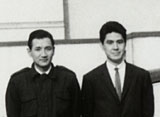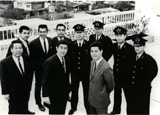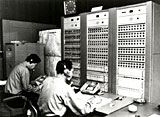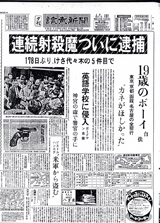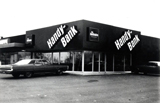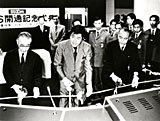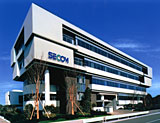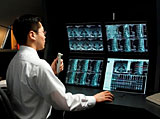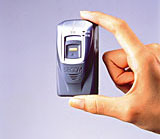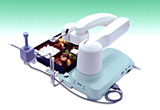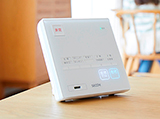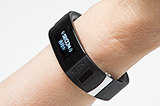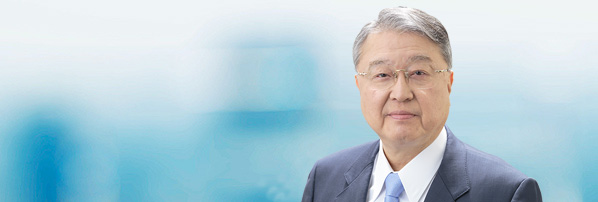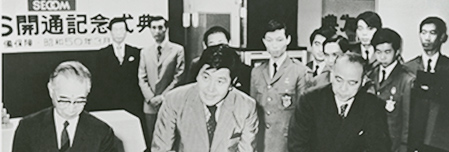July
The Company launches SECOM AX, a revolutionary on-line security system with on-site image sensors. If the sensors detect an intruder, a signal and images are transmitted to a SECOM control center, thus facilitating prompt assessment and a swift and accurate response by control center staff.
September
SECOM enters the insurance business by making an equity investment in non-life insurance company Toyo Fire and Marine Insurance Co., Ltd., which later changes its name to Secom General Insurance Co., Ltd. The new company capitalizes on SECOM’s distinctive capabilities to introduce such innovative offerings as SECOM Anshin My Car, a comprehensive automobile insurance policy that includes on-site emergency services; Security Discount Fire Policy, a commercial fire insurance policy; and SECOM Anshin My Home, a comprehensive home fire insurance policy.
December
The Company establishes its first visiting nurse station, which is approved under Japan’s National Health Insurance (NHI) scheme. (SECOM visiting nurse stations are subsequently set up in the Tokyo Metropolitan Area, the Kansai region, Nagoya, Sendai, Sapporo and other major Japanese urban centers. These stations dispatch experienced nurses who also complete rigorous in-house training programs, enabling SECOM to provide high-caliber home nursing services.)
